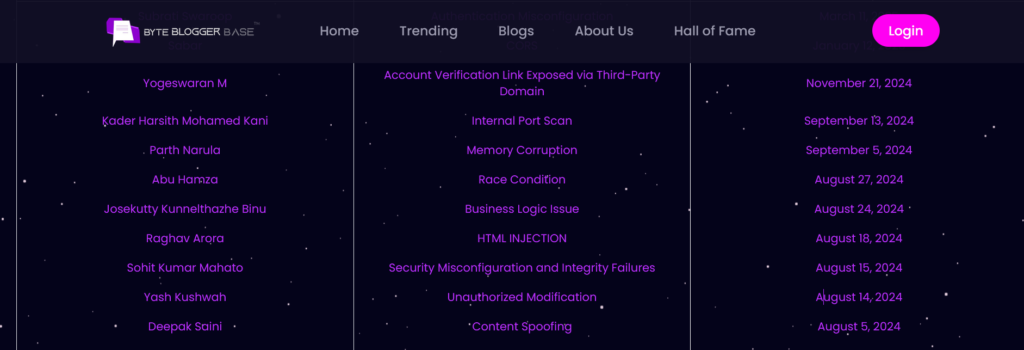Section 379 IPC – Punishment for Theft Explained
When someone unlawfully takes away someone else’s property without permission and with the intention to permanently deprive the owner of it, that act is considered theft under Indian law. And when theft is committed, Section 379 of the Indian Penal Code (IPC) kicks in. Let’s break down what this section says, how it works, and look at real-world examples so you can understand it clearly. ⚖️ What is Section 379 IPC? Section 379 of the Indian Penal Code deals with the punishment for theft. 📌 Exact Wordings: “Whoever commits theft shall be punished with imprisonment of either description for a term which may extend to three years, or with fine, or with both.” 📢 Key Takeaway: This section punishes a person after the theft has been committed. The actual definition of theft comes from Section 378 IPC, while Section 379 deals with the consequences. 💼 Real-Life Example Let’s say a man named Ramesh sees a mobile phone lying unattended on a café table. Instead of trying to return it to its owner or the staff, he quietly slips it into his pocket and walks away.This is a clear-cut case of theft, and Ramesh can be booked under Section 379 IPC. If found guilty, he can face: 📊 Section 379 IPC – Key Details at a Glance 🔍 Particulars 📌 Details Law Indian Penal Code, 1860 Section Section 379 Deals With Punishment for theft Punishment Imprisonment up to 3 years, or fine, or both Nature of Offence Cognizable and Non-bailable Type of Trial Magistrate’s Court Compoundable Yes, by the owner of the stolen property with court’s permission Applicable When When theft is committed under Section 378 IPC Example Stealing a mobile phone, bike, wallet, etc. Burden of Proof On the prosecution 🧠 Things You Should Know 🤔 Why is Section 379 Important? It ensures that people who commit theft are punished appropriately. Without it, theft cases would go unpunished, encouraging more crime. It also gives victims a way to seek justice legally. 📝 Conclusion Theft may seem like a small crime, but under Indian law, it’s taken very seriously. Section 379 IPC acts as a deterrent and protects the rights of individuals. Whether it’s a petty theft or a major one, the punishment can include jail time, a fine, or both. So, the next time someone says, “It’s just a small thing I took,” remind them: even a “small” theft can mean 3 years in prison.





